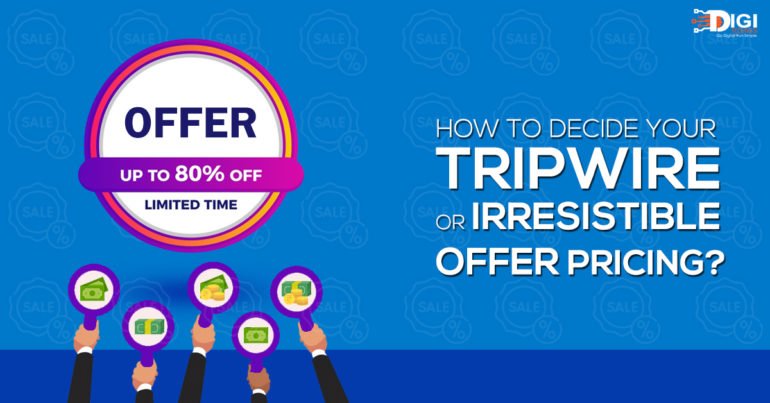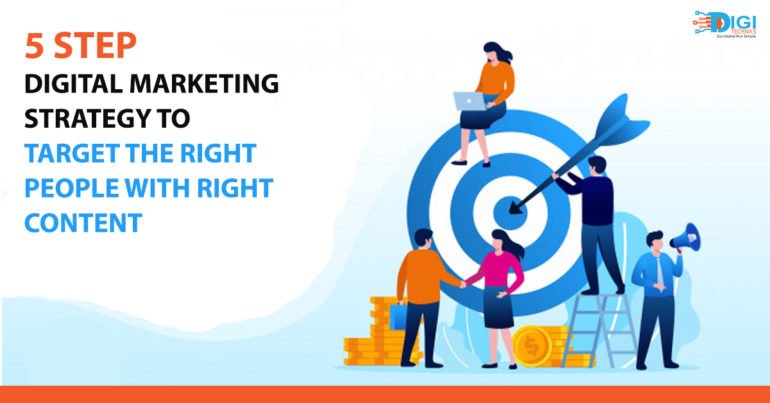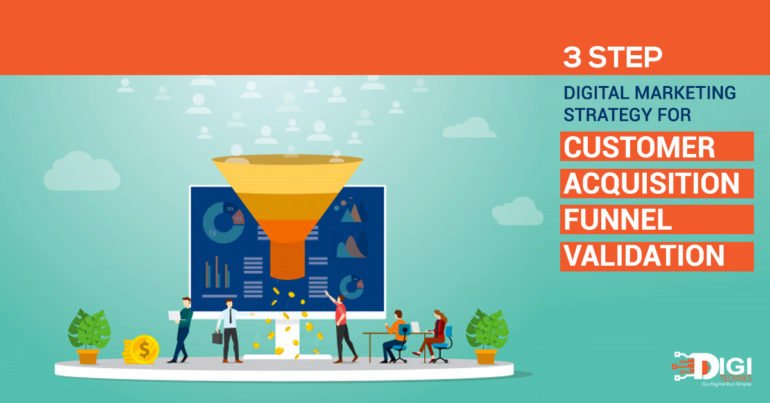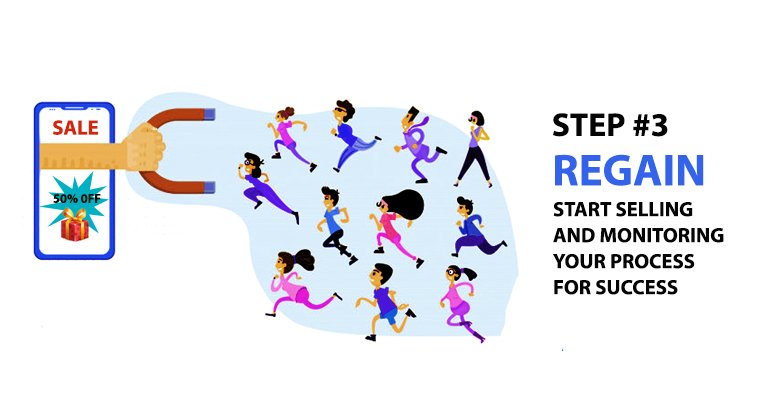
How to Decide Your Tripwire or Irresistible offer Pricing?
You probably know that a digital marketing funnel is key to acquiring customers online and odds are that you might have heard of ‘tripwire’. Many have also started realizing that in order to run sustainable businesses and to gain in the long run, we have to be givers. And that’s where the idea of tripwires comes in.
For those of you who may not know exactly what a tripwire is, what it does, and why it’s useful, let me give you a short primer.
What are Tripwires?
A tripwire is a low-priced irresistible offer, the purpose of which is to convert an audience into buyers. Because a tripwire is low in price, people are more likely to give it a try. Therefore, it allows your prospects to dip their toes in your business without having to spend big bucks. Then, once they see the value in that low-priced offer, they will be more likely to purchase the core product.
What a tripwire also tells you is that an audience is interested enough in your product/service to give you their contact information.
According to DigitalMarketer.com, “People who purchased tripwires were 10 times more likely to purchase their core offer.” That’s a pretty solid reason for including tripwires in your digital marketing funnel strategy
Related Article– 3 Step Digital Marketing Strategy for Customer Acquisition Funnel Validation
So, that’s the basic idea of tripwires that many of you might be familiar with. But do you know how to make it work for your business? What are the factors that you should consider when putting a price tag on your tripwire?
In my experience of working with digital marketers and business owners, I have seen most people making one mistake with regards to tripwires. And that is losing the sight of the money they spend on designing tripwires for their digital marketing campaigns.
Avoid the Most Common Tripwire Mistake
Most marketers play with tripwires thinking that they are not after making a profit at this point. After all, it’s okay to lose some money when giving away a low-priced offer to your audience because your plan is to encourage the customer to spend more money on your product eventually. Right?
Wrong. While you’re not looking to make a profit with tripwires, at no point, your business should give discounts by undergoing a loss. The irresistible offer should be given to the customer without harming the business revenue
So, how do you create a tripwire that doesn’t eat into your revenue? Let me explain in a step-by-step manner.
5 Steps For Tripwire Success
1. Create and collect
Design your lead magnet making sure it addresses few of the most pressing problems of your ideal customer and push this on social media. This could be in the form of a workshop, webinar, case study download, ebook download, a competition, or contest, to name a few.
Next, collect 100% of the data of the people who consumed your lead magnet or took any form of action. This data can be collected in the form of cookie or contact info
2. Set a rough discount
As a rule of thumb, the product/service you’re offering as a tripwire should be of a far higher value than the price you’re charging for it.
For instance, a Product or a Service that has a registration fee of Rs.10,000 can be offered at one fifth of its price at Rs.2000. Now that’s an offer that is hard to resist.
However, at this stage, we’re not looking to decide on the final pricing. This is just to get the process rolling for you to evaluate and come up with better pricing that’s irresistible and doesn’t incur loss for your business.
3. Compare
Let’s say you sold X number of tripwires in the previous step and made some money. Now it’s the time to do a comparison of the revenue that you got in step 2 with your overall expenses (Ad Cost & Team Cost) in step 1.
4. Analyze
Evaluate if the revenue is 0.8 to 2X of the money you spent on ads to promote your lead magnet and tripwire, then the cost of the tripwire is fair. If the revenue is less than 0.8, you either need to increase tripwire price or tweak Target Audience or Business Model or Customer Acquisition Funnel. Do whatever it takes to get the revenue is 0.8 to 2X of the money you spent on ads to promote your lead magnet and tripwire.
5. Rinse and repeat
Go back to step 1 and make all the necessary modifications and repeat until the revenue generated from the process comes to 0.8 to 2X of your ad expense. When you hit a number within this range, you can be sure that your tripwire is priced correctly. It will attract your audience without driving your business into losses.
Let’s clarify the steps further with the help of a case study.
At Digitechniks, we offer a free webinar on “Social Media Strategy and Planning“. That’s our lead magnet.
The next step is our social media coaching program, which is our tripwire. The program is originally priced at Rs.30,000. When we started the program, we offered a 90% discount on its pricing to gauge the acceptability of the program and the response of our audience. When we compared our revenue with the money we were spending on ads, we figured that we weren’t breaking even. That’s when we increased the price of our tripwire to Rs.3999.
Thanks to high demand for the program, today it is priced at Rs.5999. And, we won’t be surprised if the program continues to attract our audience even if its price goes a few notches higher in near future.
That’s the beauty and the utility of a well-designed and value-driven tripwire.
I’m sure there are many tips and tactics to take away from this article, but I’d like to point out one thing that’s sure to help you create successful tripwires. Remember, the quality and substance of the tripwire should, in no way, be less. It’s the price that you’re charging for it is less.
Ultimately, the objective of the tripwire is not to make money; it is to gain the market share. And, you’ll be able to accomplish that only when you create a tripwire that’s irresistible not just in pricing, but also in value that it provides to your prospects.
Also, Read Why Businesses Should Not Invest In Content Marketing For Branding Process?







